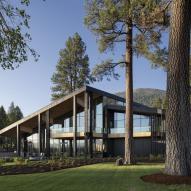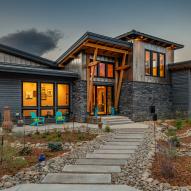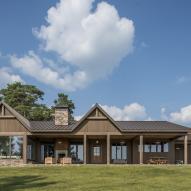Wood Facts: Relative Humidity
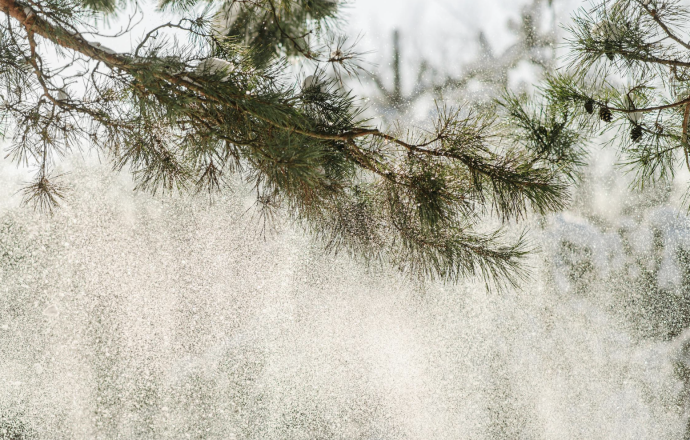
The winter months early in the year are when the days are just barely starting to get longer, and we dream of the warm sun to come when spring finally arrives. Here in the northern states these months also bring painfully cold temperatures that combine with brutal winds, pulling that last bit of moisture from the air inside our homes. Despite our best efforts, our skin dries out and cracks, requiring lotion. Our lips become chapped and demand regular application of lip balm… you get the idea. That’s how we react to these cold, dry months of winter, and the way a natural surface such as wood flooring or paneling reacts isn’t much different.
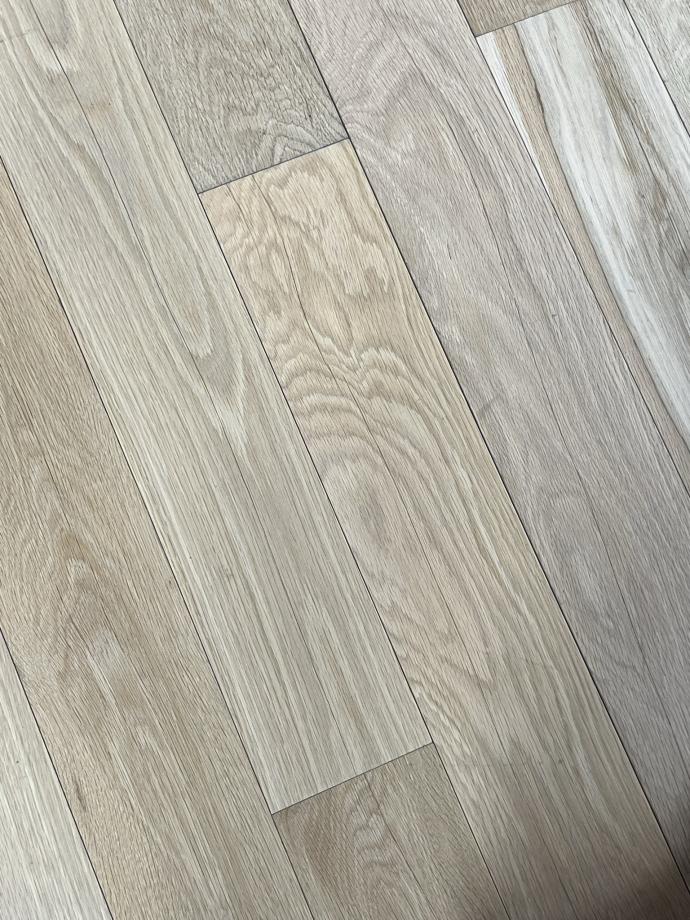
Wood is hygroscopic, meaning it takes in moisture from the surrounding environment. Pioneer Millworks recommends keeping the RH (Relative Humidity) in the 30%-60% range in any indoor space where our wood flooring & paneling is, or will be, installed. It can be a struggle to keep indoor environments consistently warm, and it is worth noting that if using forced air heating systems or wood-fired stoves, there is an increased chance that the RH can drop significantly lower than this acceptable range.
When wood is subjected to excessively low RH levels for any length of time, you may see gaps form between the boards and sometimes an occasional crack will develop in wider planks. Even engineered flooring with a robust wear layer (such as ours) may also show minor splitting in the surface as the stresses from the low moisture levels build up and release.
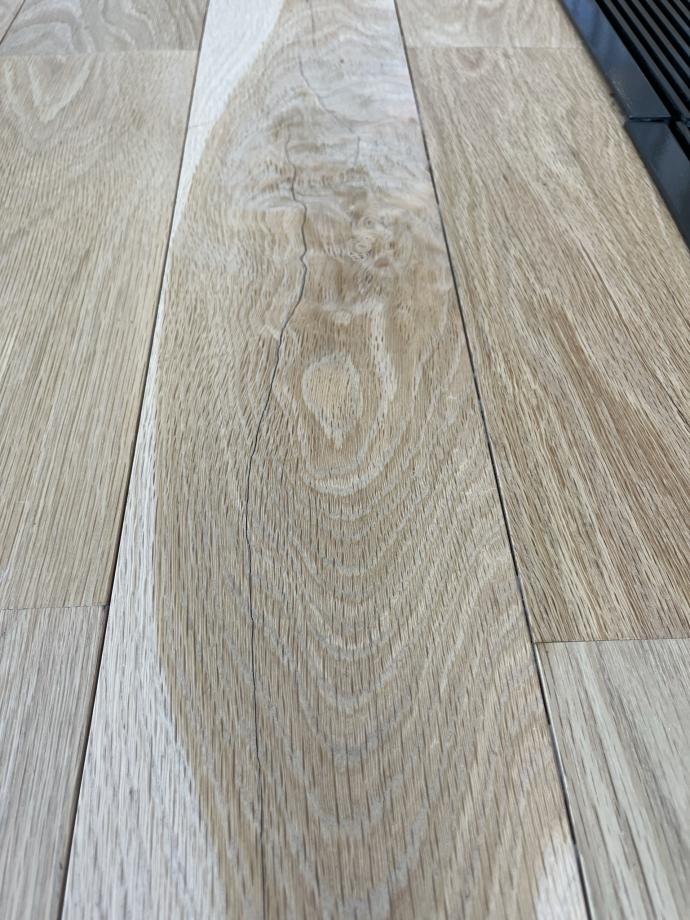
So, what should you do to protect your flooring & paneling during winter months?
1. If you see gaps or cracks in your flooring or paneling, don’t panic. This natural movement is not indicative of a defect in the floor. Moving quickly to replace planks or add wood filler to cracks could cause other issues when the RH normalizes in the spring.
2. Pick up a hygrometer or two so you can keep an eye on the RH in the space. Why more than one? Because the variations in RH around a home or office, even within the same room can be significant. A client recently told us of an RH level at the floor in the low teens, and the RH on the tabletop immediately above it was in the mid 20’s.
3. If you find the RH close to, or below that 30% mark, add moisture back into the air using a humidifier. Keep monitoring the RH and the humidifier as needed to keep within the 30%-60% range.
While we are focusing on wood flooring & paneling, proper indoor relative humidity is beneficial for any other natural wood materials in a space as well. Furniture, cabinetry, and millwork will all perform better when the RH in the environment is properly maintained.
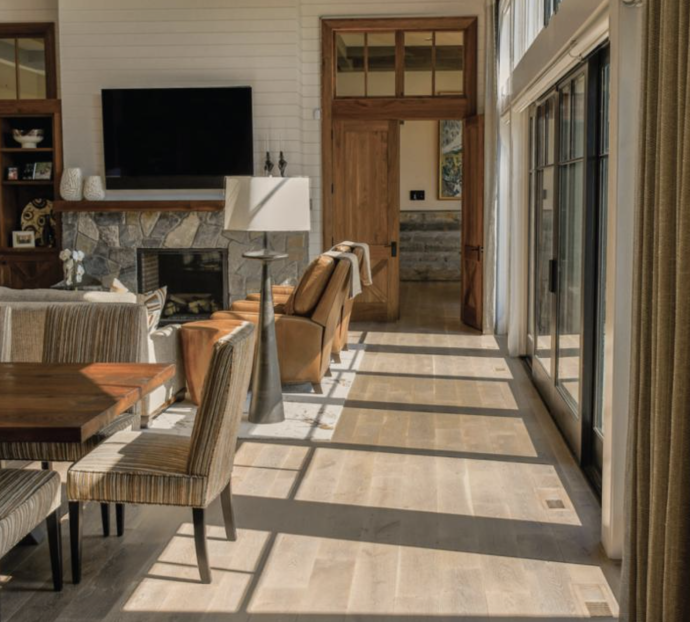
Bonus Tip: If you have not yet installed your flooring/paneling, RH is still critical to the success of your project. Be sure the HVAC is up and running, with temperature and humidity set to the living conditions of the space for at least 5 days prior to delivery and the start of the acclimation process.


